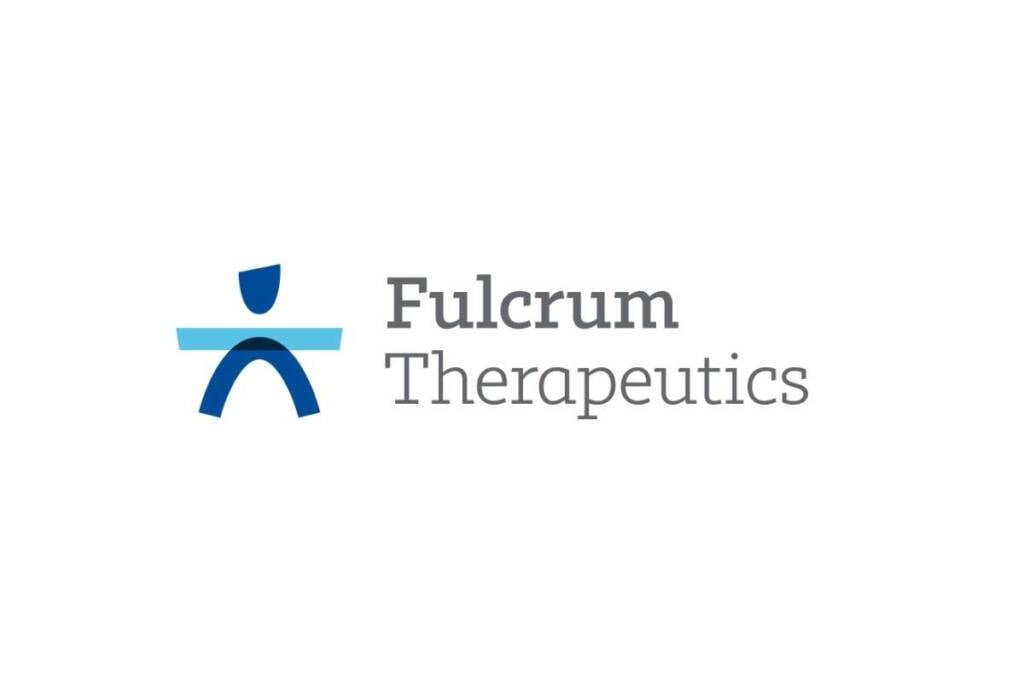Fulcrum Therapeutics’ ambitions in the realm of sickle cell disease (SCD) have been revitalised after a six-month hiatus. The FDA has lifted the clinical hold it imposed on Fulcrum’s candidate, FDX-6058, reigniting the company’s prospects.
The regulatory roadblock was initially set in motion by the FDA back in February, casting uncertainty over FDX-6058. At that time, the specifics were hazy, with Fulcrum only indicating that the hold was prompted by previously reported preclinical data.
More clarity emerged a month later when Fulcrum shed light on the rationale behind the hold. In their recent announcement, the company underscored that the FDA had taken note of preclinical data submitted in April, October, and December of the previous year. Additionally, the regulator flagged non-clinical and clinical evidence showing hematological malignancies linked to other polycomb repressive complex 2 (PRC2) inhibitors.
“We are pleased with the FDA’s decision to lift the clinical hold and are eager to advance FTX-6058 through clinical development to address the significant unmet need in the sickle cell disease community. Based on the initial data from the Phase 1b trial, which showed increasing levels of HbF with each dose escalation, we believe in the potential of FTX-6058 to not only shift the current standard of care but importantly, offer these patients a differentiated oral option. We look forward to building on these results with plans to resume enrollment for patients with SCD.”
– Alex C. Sapir, Fulcrum’s president and chief executive officer
Navigating the landscape of SCD is notoriously complex, as evidenced by the simultaneous setbacks faced by multiple sickle cell therapies when the original hold on FDX-6058 was implemented. Within the same time frame, Novartis terminated a collaboration with Intellia on an ex vivo therapy, Graphite Bio halted the development of nulabeglogene autogedtemcel (nula-cel) due to an adverse event, and Sangamo shifted its focus away from SCD to Fabry disease.
Fulcrum has diligently collaborated with the FDA to overcome the clinical hold, rekindling its enthusiasm to propel FTX-6058 through the clinical development journey, commencing with a phase 1b trial.
FTX-6058 is engineered to inhibit the embryonic ectoderm development gene, a component of PRC2, which leads to the reduction of crucial fetal globin repressors like BCL11A. The proposed outcome is an elevation in fetal hemoglobin (HbF) levels.
Though Fulcrum’s revival is promising, it finds itself trailing behind competitors bluebird bio and Vertex-CRISPR, who anticipate FDA decisions for their respective gene therapies targeting SCD in December.
Investor sentiment mirrored optimism, propelling Fulcrum’s stock by 49% to $5.86 during premarket trading on Tuesday. Nonetheless, the company has a significant climb ahead to reclaim its former stock price peak of over $12 before the hold’s imposition in February.





























